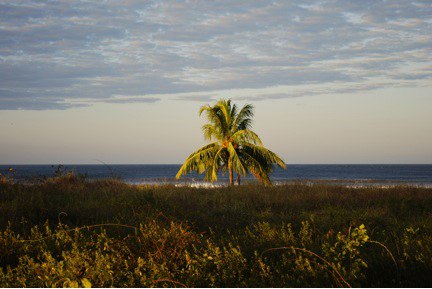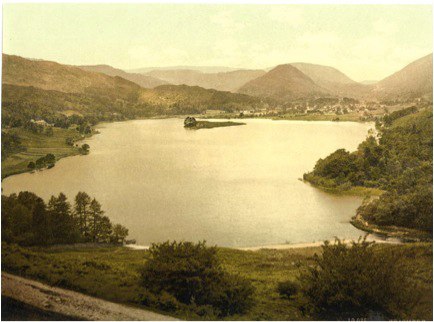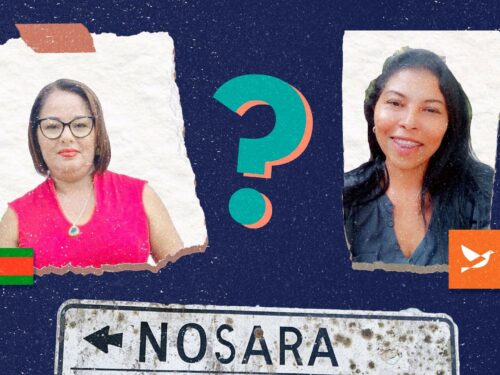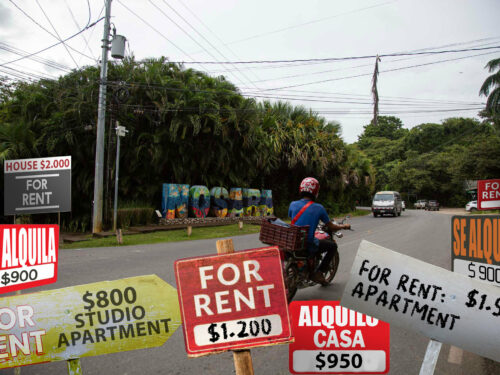
The Playas de Nosara visitor experience is unlike any other. Nosara’s high value form of tourism is that it is a real place that blends town with beach, tico with expat, resident with visitor. This is what international sustainable tourism is really about: Learning to understand others in places that strive to maintain their honest integrity and a sense of authenticity.
The very definition of sustainable tourism, Costa Rica’s calling card to the world, embraces multicultural and bilingual integration, providing new employment and business opportunities for local people, opening the marketplace to local culture while also enhancing the visitor experience of adventure, nature, natural foods and healthy living.
To maintain the character of our region, development requires careful planning, new infrastructure and some new rules, all impediments to quick profits by outsiders but essential to sustaining a prosperous and livable community.
Playas de Nosara had an estimated 50,000 visitors in 2013. At its current rate of growth, we will have over 100,000 visitors by 2018. This level of tourism will seriously challenge our carrying capacity for water, roads, security and power, all currently underserving both our needs and reasonable expectations.
The challenges for the population of 5000 people of Nosara, from Delicias to the Rio Montaña, can only be met by honest and open discussion, technical analysis and consensus-building around that sense of place that makes Nosara successful.
News from Guanacaste communities surrounded by inclusive resorts funded by absentee investors tell the tale of water shortages, congestion, high crime, polluted surf and the other ills of mass tourism.
The premise to our mutual understanding is that the popularity of Playas de Nosara visitor experience is Nosara’s economic engine for the expansion of local small business and increased tax revenues for public services. For now, Nosara has a distinctive market niche that makes it successful. Enhancing and protecting that market niche requires understanding, goodwill and a high level of unanimity.
In the planning profession the concept of “Limits of Acceptable Change” is the discipline of combining an understanding of carrying capacity (does Nosara’s infrastructure for water and power, for example, meet the standards and needs of its residents and visitors?) and the myriad cultural, workforce and economic aspirations of a community that seeks to avoid its own destruction in the process.
The challenges now before us are determining Nosara’s residents’ perception of the Limits of Acceptable Change, followed by a realistic cost/benefit formula and the civic will and resources for implementation and effective enforcement.







Comments